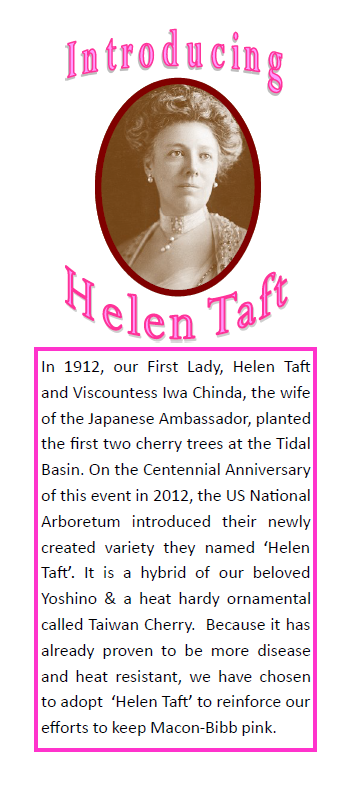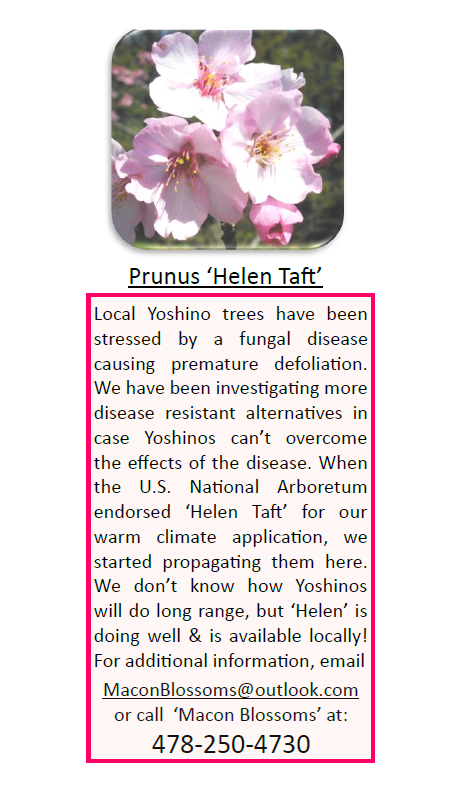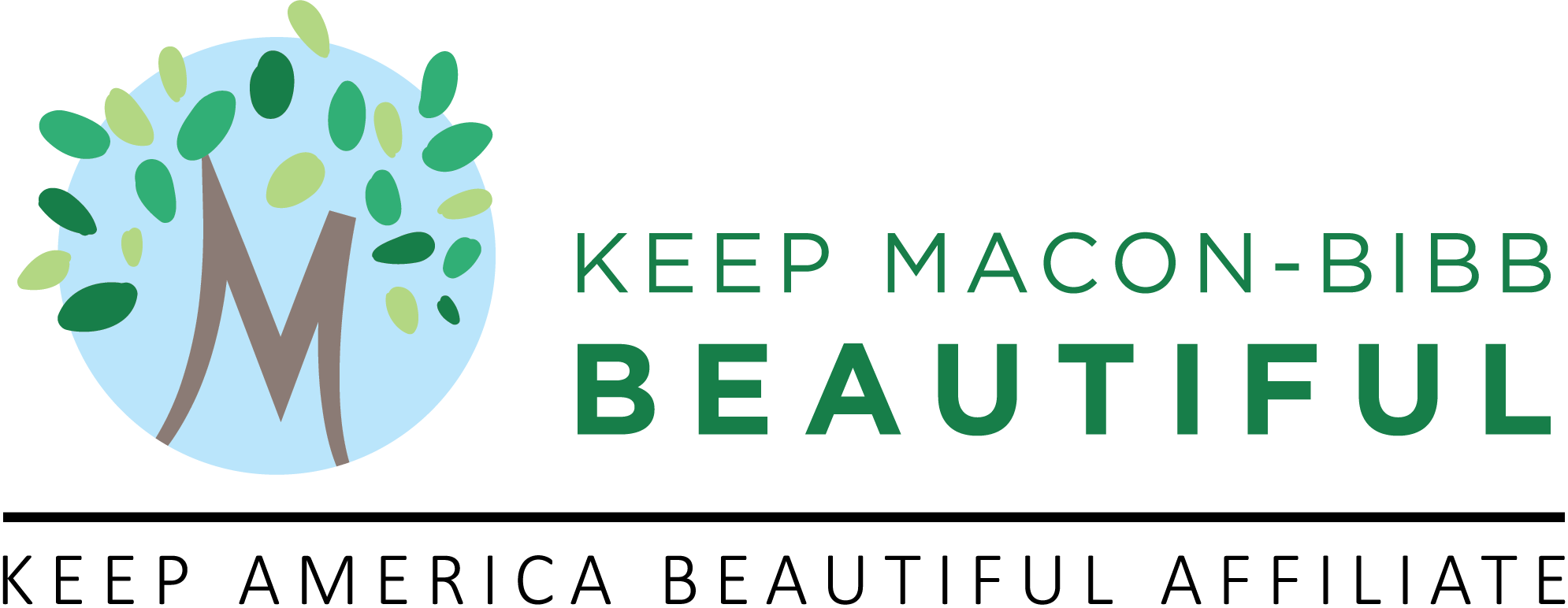Planting Your Cherry Blossom Tree
- Do not allow the roots to dry out. Plant your trees as soon as you possibly can. They can be stored up to 2 weeks in a dark, cool, moist place and watered regularly.
- Dig a hole, wider than seems necessary, so the roots can grow outward without crowding. Remove any grass within a 3-foot circular area. To aid root growth, turn soil in an area up to 3 feet in diameter.
- Plant the tree at the same depth it stood in the pot, with plenty of room for the roots. Partially fill the hole, firming the soil around the lower roots. Do not add soil amendments such as peat or bark. Do not use fertilizer, potting soil, or chemicals on your new trees.
- Shovel in the remaining soil. It should be firmly but not tightly packed. Construct a water-holding basin around the tree. Give the tree plenty of water.
- After the water has soaked in, spread protective mulch two inches deep in a 3-foot diameter area around the base of the tree, but not touching the trunk.
- The soil and mulch around your trees should be kept moist but not soggy. During dry weather, generously water the tree every 7 to 10 days during the first year. Water slowly at the dripline.
Caring for Your Cherry Trees After Planting
Healthy trees can withstand pests and disease better.
- Water during drought.
- Fertilize annually with 10-10-10.
- Check periodically for disease and pests.
- Prune out diseased twigs and branches.
- Spray for pests.






